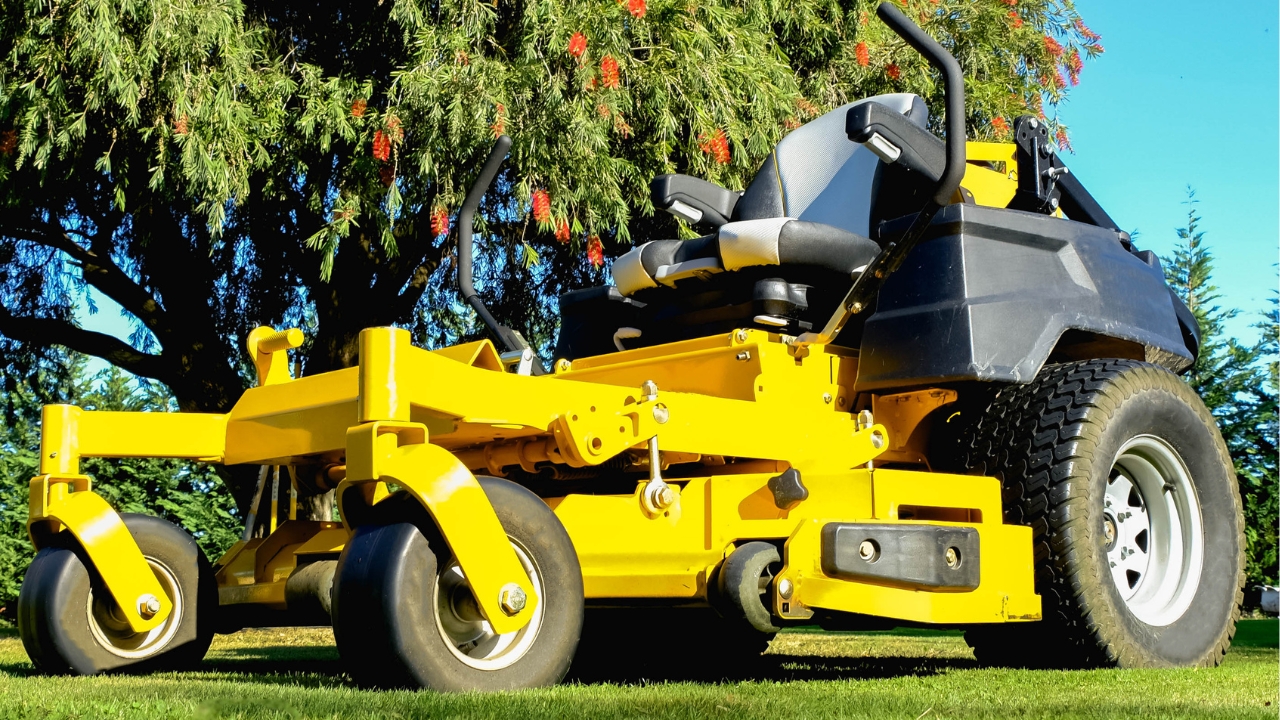How to Make Your Mower Last Forever
If you treat your mower right, it can last for decades. But too many folks run them hard, skip the upkeep, and wonder why they’re shelling out for a new one every few years. The truth is, a little routine care goes a long way when it comes to keeping your mower running strong.
Whether you’re using a push mower or a riding mower, these habits can help extend its life and save you money in the long run. Here’s what actually matters.
1. Change the Oil Regularly
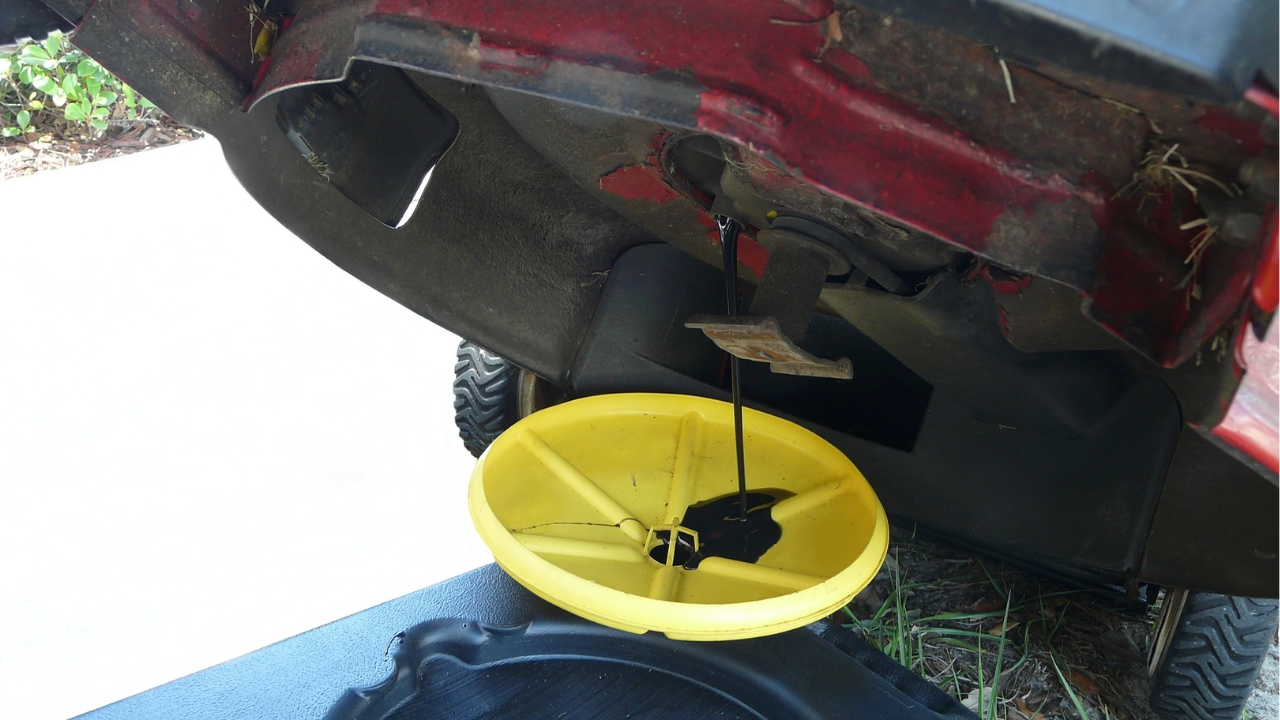
Just like a car engine, your mower engine needs clean oil to run smoothly. Skipping oil changes leads to wear and tear that shortens the life of the machine.
Check the manual for how often to change it, but a good rule of thumb is once a season or every 25–50 hours of use. It takes just a few minutes and makes a noticeable difference in performance.
2. Clean the Underside After Each Mow

Grass buildup under the deck traps moisture, which leads to rust. Over time, that rust can weaken the deck and damage the blade.
After each mow, flip the mower (spark plug off) and scrape out the clippings. It keeps things cleaner, prevents long-term damage, and helps airflow for a better cut.
3. Sharpen the Blade Often

A dull blade doesn’t cut—it tears. That stresses your grass and your engine, which has to work harder to get the job done.
Sharpen the blade every 20–25 hours of mowing, or more often if you’re hitting sticks and rocks. It’s one of the simplest ways to improve your mower’s performance and extend its life.
4. Keep the Air Filter Clean

When the air filter is clogged, your mower has to fight for airflow. That leads to poor fuel efficiency and puts strain on the engine.
Check the filter regularly and clean or replace it when it looks dirty. Most are cheap and easy to swap out, and keeping clean airflow makes the mower run smoother and last longer.
5. Store It Properly
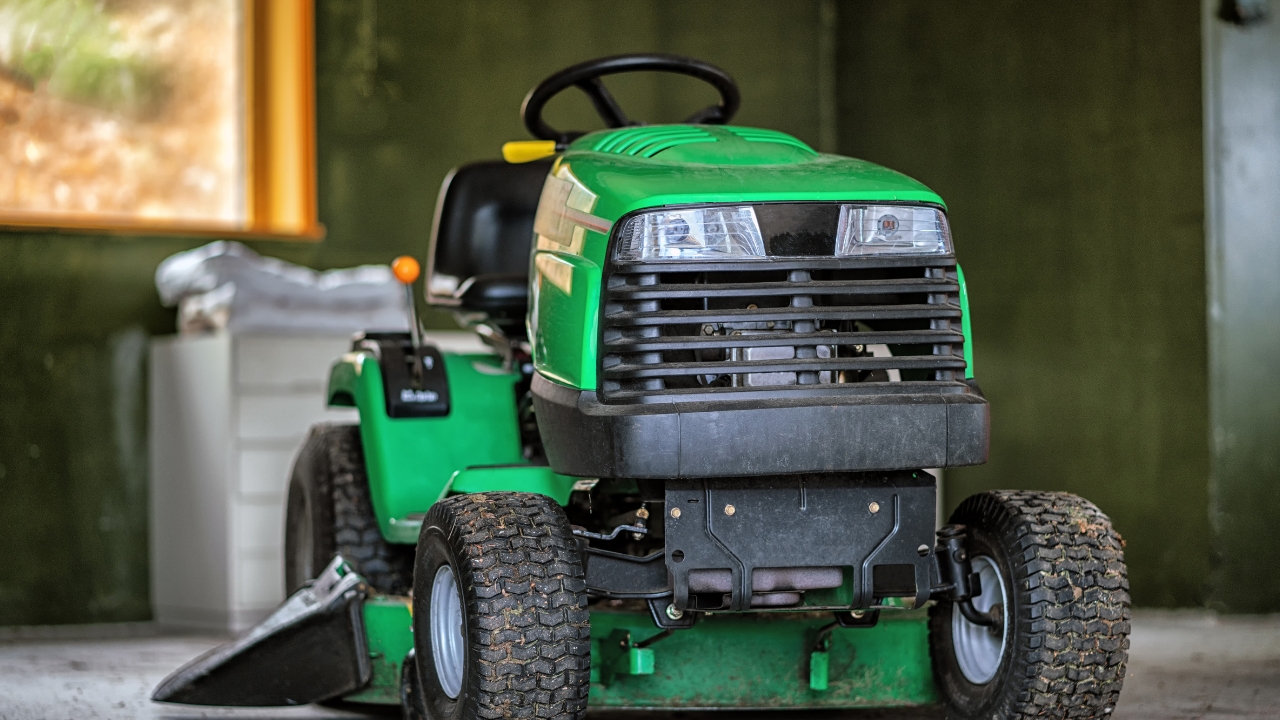
Leaving your mower exposed to the weather is one of the fastest ways to ruin it. Moisture leads to rust, and cold temps can be hard on the engine if it’s not protected.
Store your mower in a garage, shed, or under a waterproof cover. If you’re putting it away for the season, clean it thoroughly and drain the fuel or add stabilizer.
6. Use Fresh Fuel
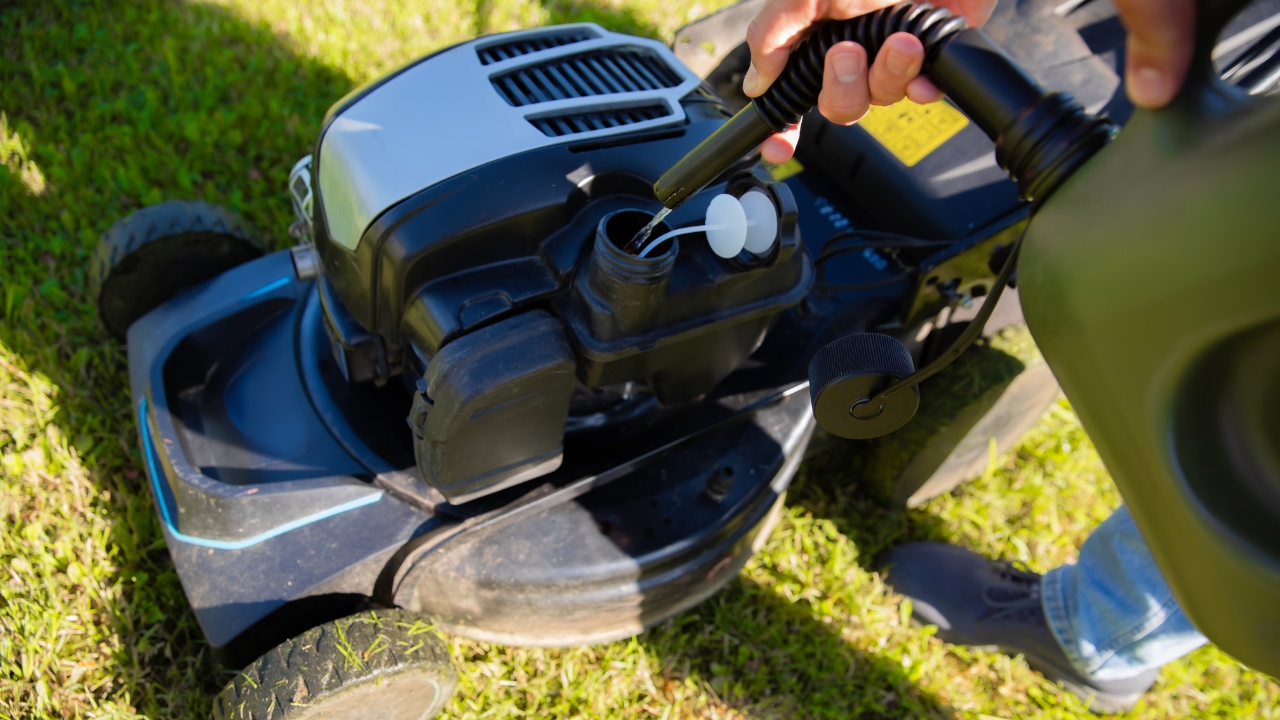
Old gas breaks down and can gum up your carburetor. If your mower runs rough or won’t start after sitting, stale fuel is often the culprit.
Only use fresh gas and add stabilizer if it’s going to sit for more than a couple of weeks. It keeps your fuel system clean and prevents bigger problems down the line.
7. Check the Spark Plug Annually
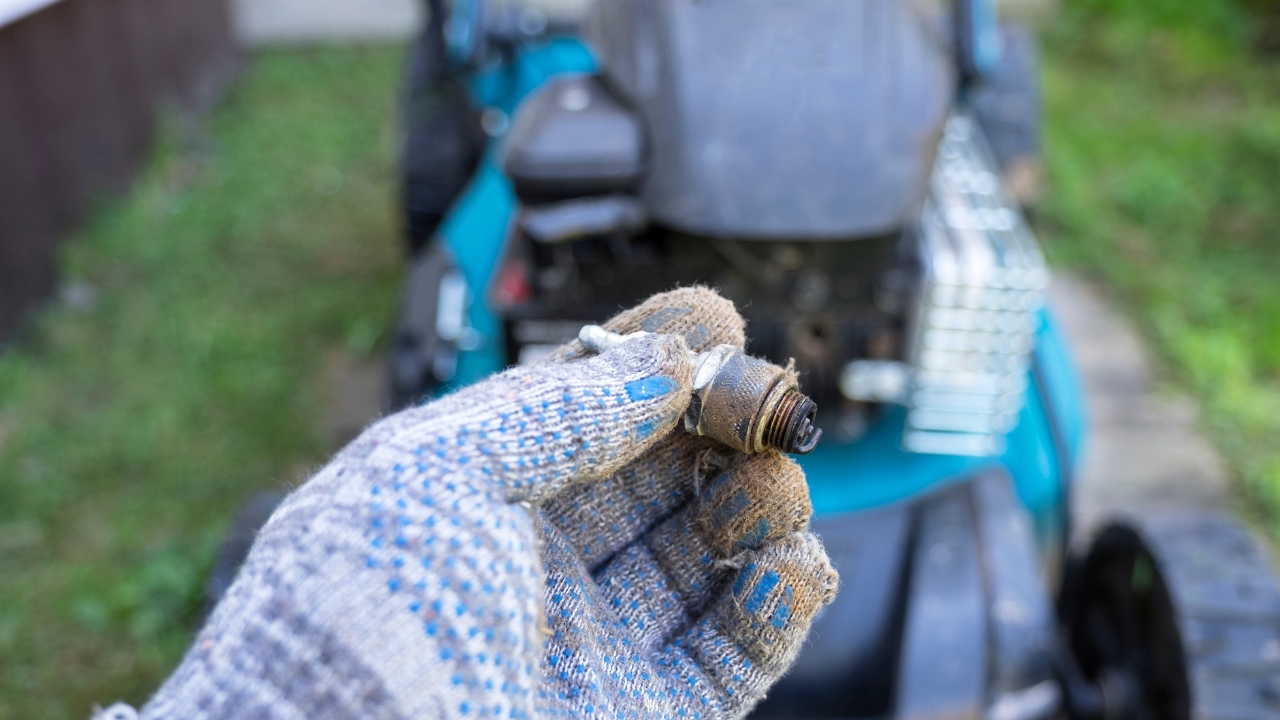
A worn or dirty spark plug makes starting the mower harder and can affect engine performance. Replacing it once a season is cheap and easy.
It takes less than five minutes and can save you from pulling the cord ten times on a hot day. Keep an extra on hand so you’re not stuck when it matters most.
8. Inspect the Drive Belt and Cables
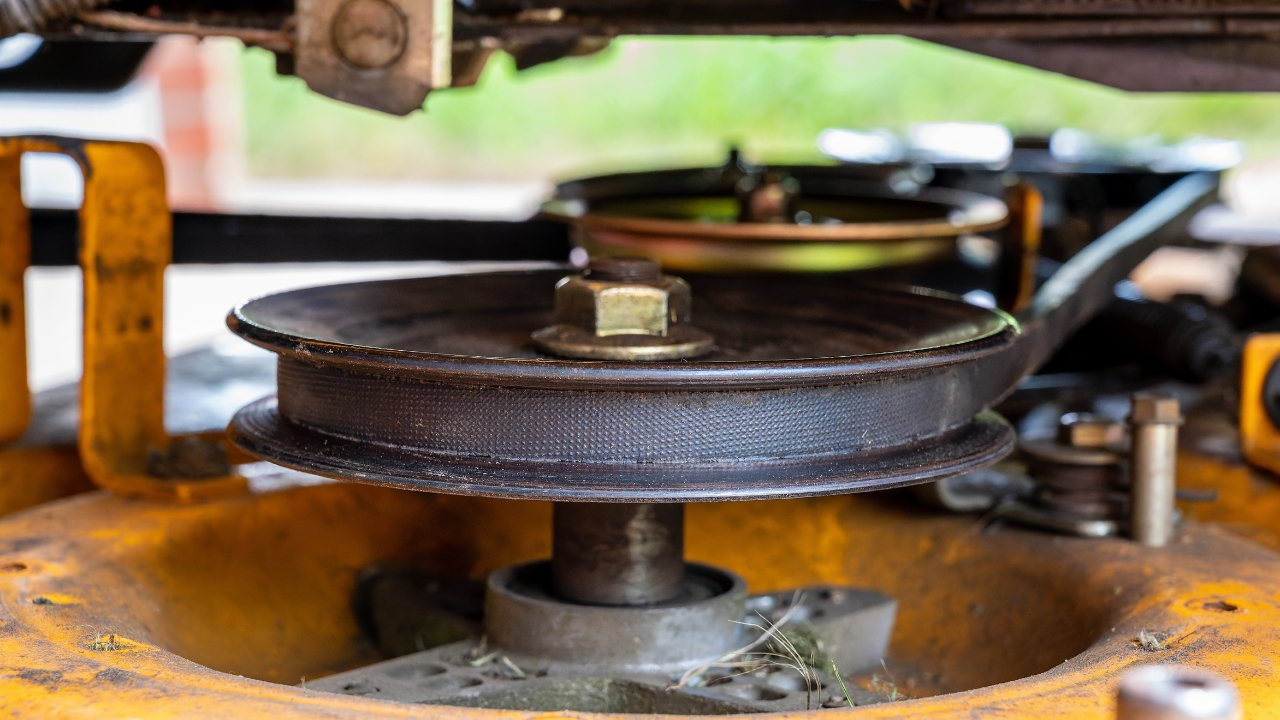
On self-propelled or riding mowers, worn belts and stretched cables are common wear points. If something feels off—slipping, dragging, or lagging—it might be time to replace them.
Check for cracks, fraying, or slack. Replacing a belt early can prevent more expensive damage to the transmission or pulleys.
9. Keep the Tires in Good Shape
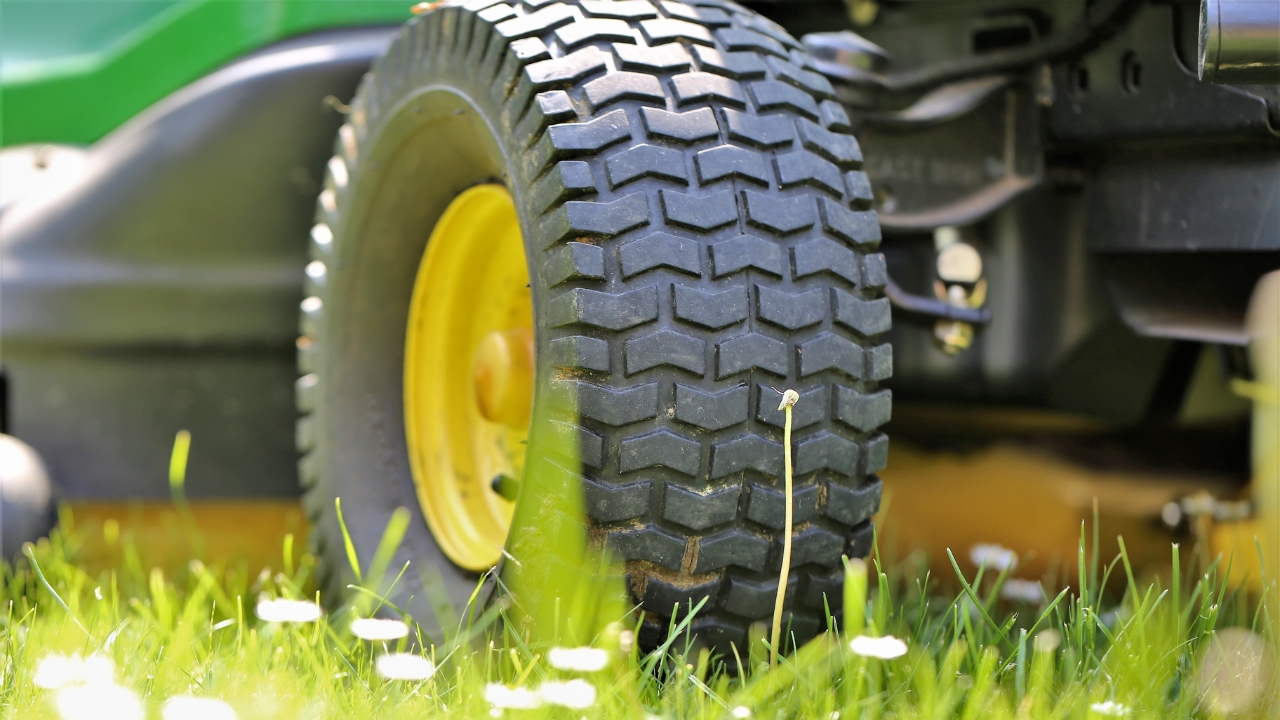
Flat or underinflated tires can throw off the cut and make the mower harder to push or steer. For riding mowers, it can even cause uneven wear on the deck.
Check the pressure now and then, and patch or replace tires that are leaking. It’s a small detail, but it helps everything run more efficiently.
10. Follow the Maintenance Schedule

Most mowers come with a basic maintenance schedule in the manual. Following it keeps small problems from turning into big ones.
Mark it down at the start of the season and set reminders if needed. Staying ahead of maintenance is a whole lot easier than fixing something after it breaks.
*This article was developed with AI-powered tools and has been carefully reviewed by our editors.

